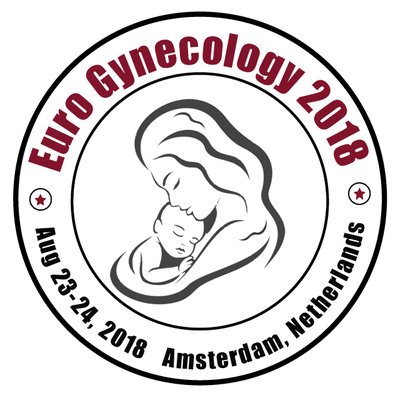The evidence-based C-section: Its overuse and how midwives can contribute to decrease its rate
Michael Stark
New European Surgical Academy, Germany
: J Womens Health, Issues Care
Abstract
As most abdominal operations have endoscopic alternatives, caesarean section will remain the only abdominal operation in the future. Therefore, it is of utmost importance to constantly evaluate the different steps for their necessity and for their optimal way of performance. The modified Joel-Cohen method results in a shorter incision to delivery time, lower rate of febrile morbidity compared to the traditional Pfannenstiel incision. Opening peritoneum using bi-digital stretching rather than sharp instruments proved to be safer, and exteriorization of the uterus makes stitching easier and avoids unnecessary bleeding. Suturing the uterus with one layer only results in stronger scars and reduced pain. Leaving both peritoneum layers open reduces adhesions. The fascia being sutured continuously with first knot underneath the fascia prevents irritation in the sub-cutis, and, by a right-handed surgeon, from the right to the left, proved to be ergonomic. Since the introduction of this modified and simplified method, it has been evaluated in dozens of peer-reviewed publications from different countries. Without exception, all showed various advantages of this method: shorter operation time, shorter hospitalization, quicker mobiliza¬tion, less blood loss, lower rate of febrile morbidity, lower costs, and less need for pain killers. Only 10 instruments and three sutures are needed, which simplifies the workload of nurses. In order to standardize this operation, it is important to use constantly the same needles and instruments. Big needle is necessary for the uterus, as fewer steps are done and therefore less foreign body reaction. This operation is recommended as universal routine method for caesarean section and its principles should apply to all surgical disciplines. Unfortunately, the rate of cesarean section is rising constantly around the world. As evolution continues, it might be influenced by this high rate. In this presentation, the logic of the need to limit the numbers of cesarean section based on anthropological studies and the role of midwives in decreasing its rate through observation, communication between parturient and obstetrician and attention to physiological processes will be presented. NESA’s anticesarean project will be introduced.
Biography
E-mail: mstark@nesacademy.org
 Spanish
Spanish  Chinese
Chinese  Russian
Russian  German
German  French
French  Japanese
Japanese  Portuguese
Portuguese  Hindi
Hindi 



